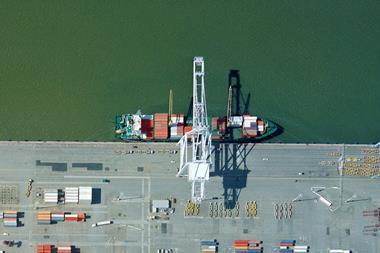Placing stringent Solvency II capital requirements on all types of commercial mortgage-backed securities (CMBS) risks the stability of the commercial real estate (CRE) market, INREV and the Commercial Real Estate Finance Council (CREFC) have jointly argued.
The industry associations said allowing insurance companies to easily invest into CMBS would diversify the sources of funding for the European CRE market, currently “dominated” by banks.
Responding to a report on long-term investing by the European Insurance and Occupational Pensions Authority (EIOPA), the bodies added: “The result is a market that lacks resilience, as too many debt providers react to market signals in the same way at the same time, exaggerating the peaks and troughs of the cycle.”
The response argued that certain types of CMBS should qualify for the less arduous ‘Type A’ capital treatment “by reference to objective criteria, and not to condemn all CMBS, regardless of their actual characteristics, to ‘Type B’ treatment”.
The regulator’s Technical Report on Standard Formula Design and Calibration for Certain Long-Term Investments under Solvency II, published in late December, could discourage insurers from investing in CMBS, which would be “unfortunate, both for insurers and for the CRE sector and wider economy”, the response added.
The associations admitted CMBS was a fairly new instrument to the European market and said it had suffered due to “inconsistent alignment of interests” between issuers and investors, as well as inaccurate disclosure on the assets backing any securities.
The response said they were “acutely aware” of the problems, which were currently being addressed, but that EIOPA’s report risked undermining their efforts.
However, the associations were also keen to stress the importance to financial stability in allowing insurers to invest in the market in greater volume, noting that the over-realiance on bank funding proved problematic when there were “peaks and troughs” in the economy.
“This proved to be a source of material systemic risk within the EU and for the global economy,” they said.
“Improving diversity in sources of finance would help build market resilience and support financial stability. EIOPA’s revised proposal is likely to have precisely the opposite effect.”










No comments yet